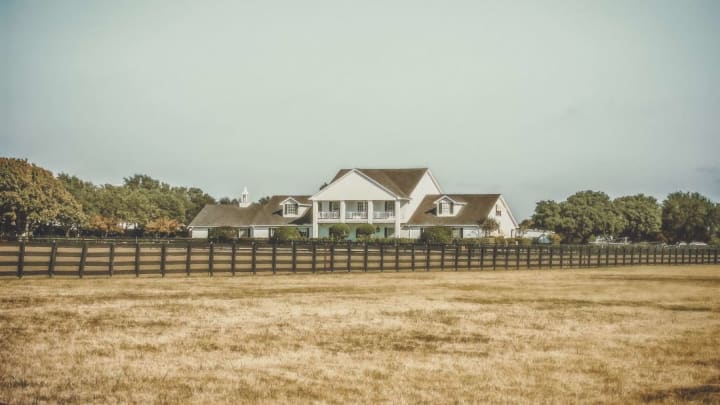Transplants who move to Texas from a different part of the country may notice something unusual about homes in the Lone Star State. Basements—a standard feature in many houses elsewhere—are a rarity in the Texas real estate market. It isn't that Texans wouldn't appreciate a subterranean floor in their homes, both for the extra space and protection from the tornadoes that frequent the region. But due to the state's quirky terrain, laying a foundation deep beneath ground level isn't always practical.
According to Southern Living, certain features of the land are the main reasons basements are uncommon in Texas. The flat state doesn't sit too high above sea level, which means its water table is close to the surface in many places. In parts of Houston, for example, you can hit water by digging down just 10 feet. This means any basements in the area are especially prone to leaks and floods.
The composition of the soil also poses a challenge to homebuilders. Much of the ground in the eastern half of the state contains expansive clay soils, which swell when wet and contract when dry. If a basement wall falls in the path of this type of clay, it's at risk of cracking when the soil expands.
Even in parts of Texas where clay soils and groundwater aren't an issue, digging a basement may not be worth the cost. In central and West Texas, limestone bedrock lies close to the surface, making excavating a basement an expensive pain. In northern states, basements are often a necessity because builders need to lay the foundation deep to get past the frost line—the point beneath the surface where soil doesn't freeze. In Texas and other southern states, the frost line is much higher. Without frozen pipes to worry about, construction teams often skip building a basement to save money.
Though most Texas houses may be missing a level beneath the ground floor, they make up for that in other ways. According to a 2018 report, Texas boasts the biggest homes in the U.S.
[h/t Southern Living]
